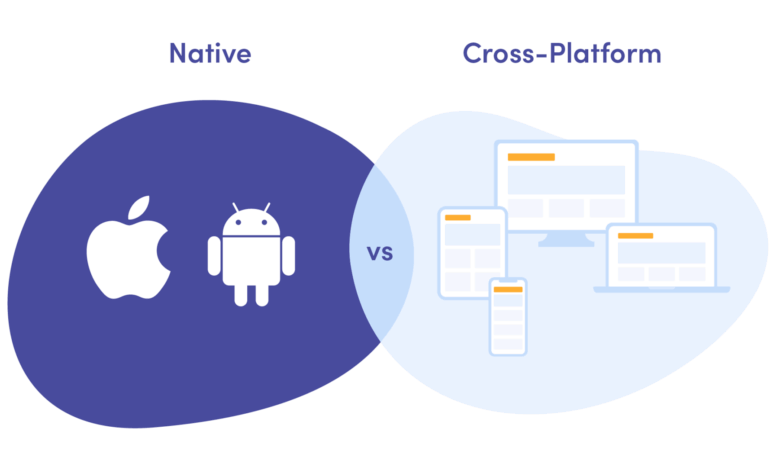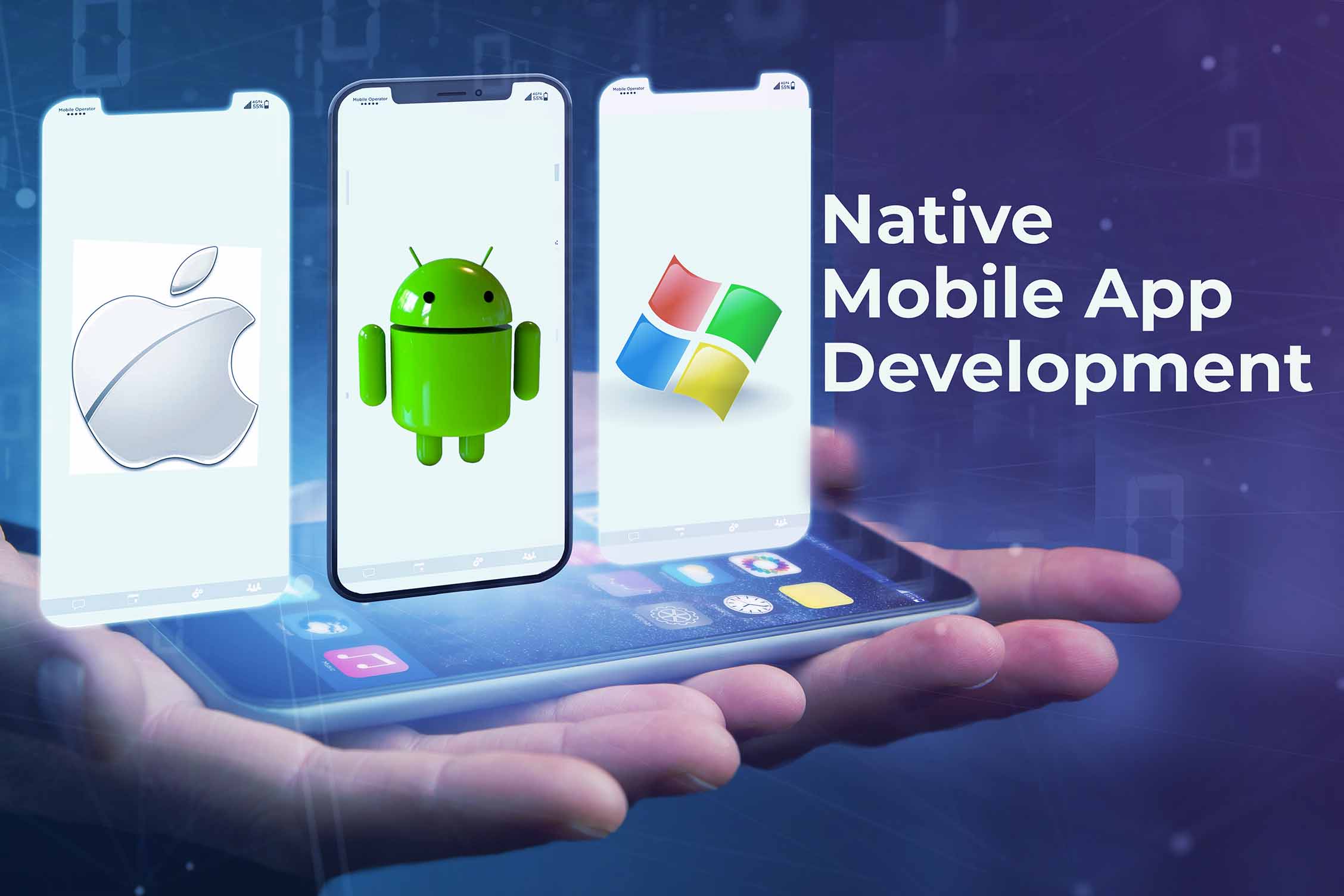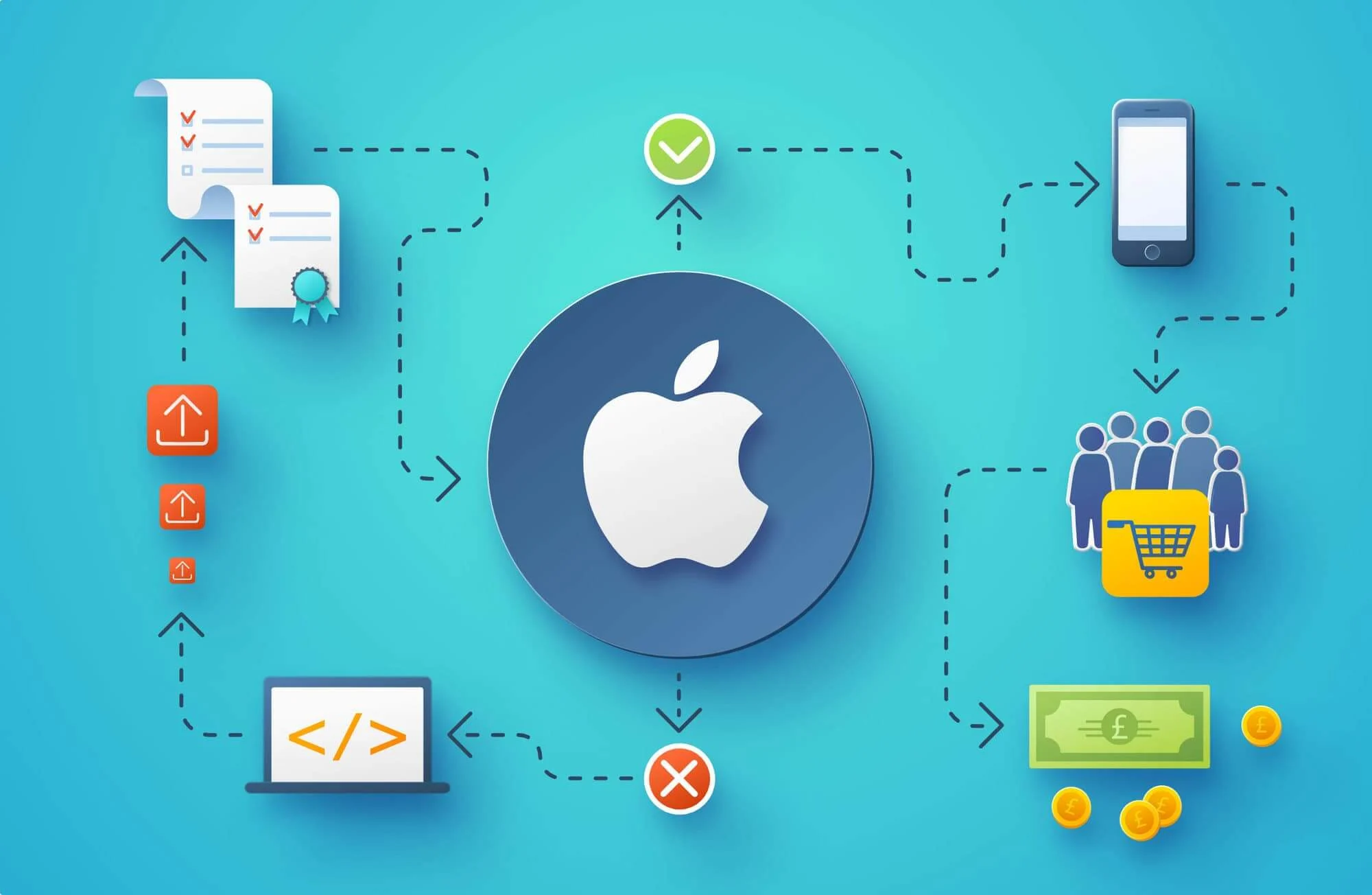
Mobile app development is evolving every day, pushing developers to adapt to the latest yet high-performing approaches in order to stay relevant and competitive. As we enter the mid of 2025, the debate between native and cross-platform Iphone app development continues.
If you’re also confused between the two, this article explores the core features and factors of native vs. cross-platform app development and highlights their pros and cons so you can make a quick, efficient decision.
You can also get in touch with the best iPhone app development company in Los Angeles to get expert advice and get started with your professional app development journey in no time.
What Is Native Development: The 2025 Perspective
Native app development refers to building applications solely for a single platform i.e. either ios or android. It uses platform-specific languages such as Objective-C or Swift for ios and Java or Kotlin for Android. It is undoubtedly the gold standard for Iphone app development when it comes to user experience, performance, and integration with Apple’s ecosystem.
Let’s take a look at the advantages and disadvantages of native app development, aiding our decision for Iphone app development.
 Pros of Native App Development
Pros of Native App Development
- Native Apps offer a fast, glitch-free performance, especially when used on the latest IPhone that comes along with advanced chipsets like the A18 Bionic.
- From ARKit to Face ID, apps built with native framework can access all the Apple updates and features without any hassle or delay.
- Native tools help you align with the Human Interface Guidelines by Apple, offering a polished yet familiar user experience at all times.
- Apple gives priority to the apps that are well-optimized, offer better retention and have fewer bugs.
Cons of Native App Development
- You’ll need to partner with a dedicated team of ios app development experts.
- It might take more time in building and marketing than the cross-platform apps.
Cross-Platform Development in 2025: Stronger Than Ever
Cross-platform frameworks like Flutter 4.0 and React Native 0.75 have become significantly empowered. They can now support almost native performances, tighter integrations with native APIs and smooth animations.
Here’s a quick description of the pros and cons of cross-platform app development:
Pros of Cross-Platform App Development
- Since there’s a single codebase, cross-platform takes very less time in building and updating your app.
- Requires fewer developers leading to a low-cost development.
- Helps offer unified experience across iOS and Android with consistent user experience.
- Best for startups that require quick launching for it can help building MVPs hassle-free.
Cons of Cross-Platform App Development
- The performance might not meet the native level, especially for apps that integrate real-time data processing and heavy graphics.
- Cross-platform tools often have to wait for a while before getting access to the latest apple releases and updates.
- Users can feel aloof unless the app design is constantly updated and aligned for ios-specific challenges.
Use Case Breakdown: Which Should You Choose?
Here’s a simple description of how you can choose between native and cross-platform app development when planning to invest in Iphone app development.
| Scenario | Best Choice | Why |
| You’re aiming to build an ios-specific, high-performance app | Native | It can allow you to have total control over UI, features, and performance. |
| You need a proof of concept or an MVP | Cross-Platform | It can be built quickly within a low budget. |
| Your goal is to target both android and ios-based audience within a limited budget and time | Cross-Platform | The unified development approach will save both your time and budget. |
| Your app needs advanced camera features, AR, and heavy animations | Native | It can get you easy access to the device-specific capabilities and speed. |
| Your goal is to build a scalable, long-term product for Apple users. | Native | It can be optimized for UX, growth, and ios. |
 The Hidden Factor: App Store Approval & User Retention
The Hidden Factor: App Store Approval & User Retention
With user expectations evolving at an unstoppable pace, Apple is also prioritizing app stability, quality and user satisfaction over anything else in 2025. Native apps generally have a better track record in comparison to the cross-platform apps as long as the load times, crashes and retention rates are considered.
However, a cross-platform app can still get through the rigorous Apple scrutiny – when built with ios users in mind. They core is to make iOS the foundation of your app, not an afterthought.
So, What’s the Best for iPhone App Development in 2025?
While there is no one-size-fits-for-all answer to this query, here’s a solid guideline you can follow to make the right decision:
- Go native if your goal is to build an Iphone-first mobile application that requires deep ios integrations, top-tier performance, and premium user experience.
- Choose cross-platform app development if budget and speed are your priorities, or if you want to release an app on both android and ios.
Ultimately, your decision aligns with your product goals, user expectations, and long-term objectives.
Final Thoughts
The native vs cross-platform debate is not about determining which one is the best, it’s more about choosing which of them serves right for your unique business requirements. In 2025, both frameworks have significantly evolved and are powerful enough – the smartest mobile app development company is the one that leverages strategic decision making and picks the one that goes perfect with their app development objectives and long-term goals.

 Pros of Native App Development
Pros of Native App Development  The Hidden Factor: App Store Approval & User Retention
The Hidden Factor: App Store Approval & User Retention 



